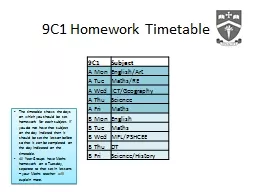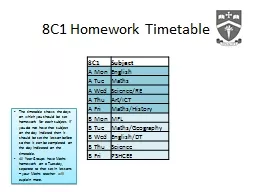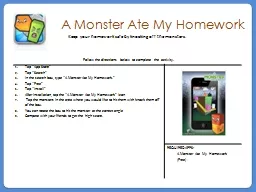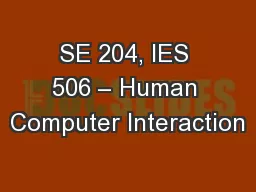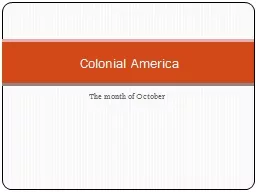PPT-Course Business Homework 2 Due
Author : arya | Published Date : 2022-06-11
Now Midterm is on March 1 Final Exam is Monday May 1 7 PM Location Right here 1 Harry Hagrid Cryptography CS 555 Topic 17 DES 3DES 2 Recap Goals for This Week
Presentation Embed Code
Download Presentation
Download Presentation The PPT/PDF document "Course Business Homework 2 Due" is the property of its rightful owner. Permission is granted to download and print the materials on this website for personal, non-commercial use only, and to display it on your personal computer provided you do not modify the materials and that you retain all copyright notices contained in the materials. By downloading content from our website, you accept the terms of this agreement.
Course Business Homework 2 Due: Transcript
Download Rules Of Document
"Course Business Homework 2 Due"The content belongs to its owner. You may download and print it for personal use, without modification, and keep all copyright notices. By downloading, you agree to these terms.
Related Documents



